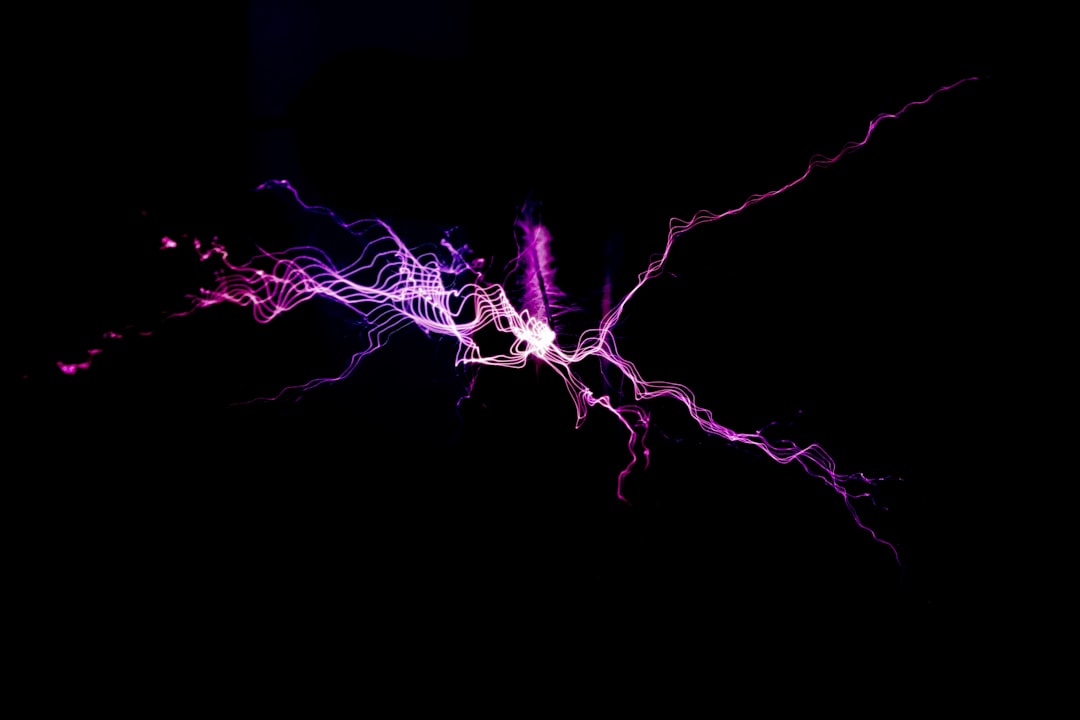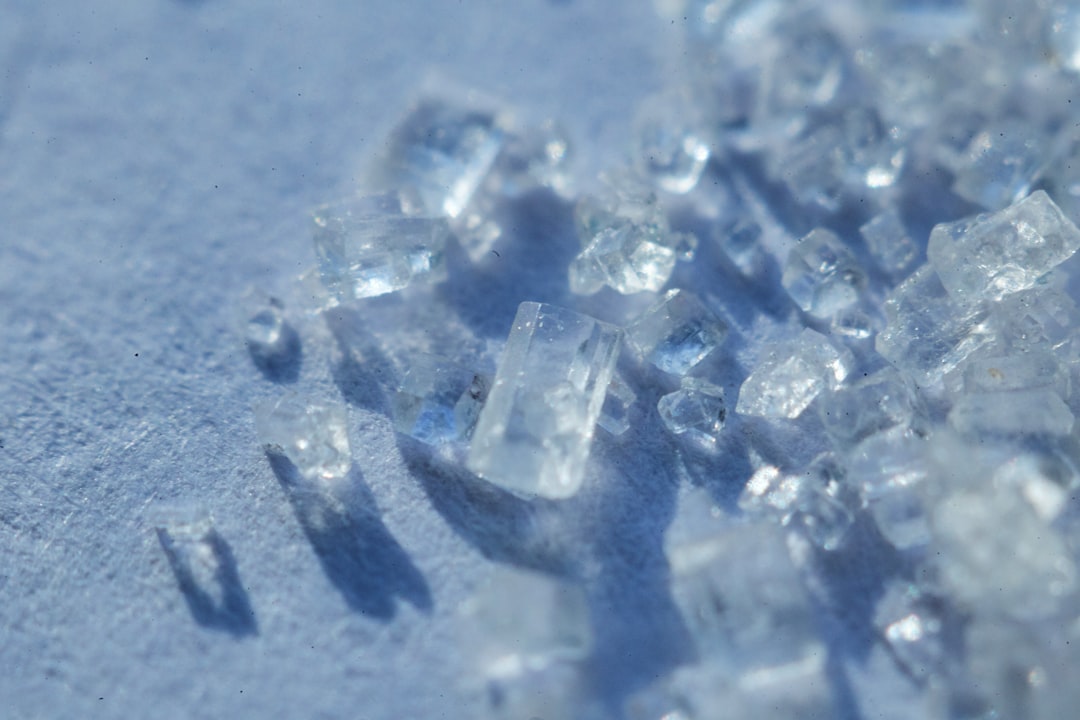What is it about?
The protein frataxin is a key component of the mitochondrial iron-sulfur cluster assembly (ISC) pathway. Within the ISC, frataxin works with five other proteins to complete the biosynthesis of iron-sulfur clusters; cofactors that are essential in biochemical pathways. A disruption within the ISC pathway, due to a lack of frataxin, can cause a genetic disorder called Friedreich's Ataxia. Here, we study the structure of frataxin, as it relates to its function within the ISC pathway, to better understand its role in iron-sulfur cluster bioassembly. Previous reports have investigated frataxin of human and yeast models, however frataxin of flies has shown to be more stable.
Featured Image

Photo by National Cancer Institute on Unsplash
Why is it important?
Friedreich’s Ataxia (FRDA) is the most prevalent hereditary disease linked to failed iron-sulfur (Fe-S) cluster biosynthesis. FRDA is a human autosomal recessive genetic disorder caused by a trinucleotide expansion within the frataxin gene (FXN), which codes for the frataxin protein, FXN. The trinucleotide repeat results in an under expression of frataxin. This deficiency pathologically presents as mitochondrial iron overload, increased reactive oxygen species production, and a disruption in Fe-S cluster biosynthesis. Combined, these phenotypes are cytotoxic in metabolic tissues including the dorsal root ganglia and cardiomyocytes. FRDA presents in early adolescence as seen by positive ataxia, poor muscle coordination, and dysarthria. The protein frataxin is a key component in the mitochondrial iron-sulfur cluster bioassembly (ISC) pathway, where it serves as a modulator for cysteine desulfurase, and likely iron delivery to the scaffold.
Perspectives
Co-authoring this article was a delight, as well as working with the other authors. Together, we are learning more about frataxin and iron-binding as it relates to Freidreich's Ataxia and other rare diseases.
Tiara V Hinton
Wayne State University
Read the Original
This page is a summary of: Drosophila melanogaster frataxin: protein crystal and predicted solution structure with identification of the iron-binding regions, Acta Crystallographica Section D Structural Biology, January 2023, International Union of Crystallography,
DOI: 10.1107/s2059798322011639.
You can read the full text:
Resources
Contributors
The following have contributed to this page










